Are you looking for a simple way to make JADAM Liquid Fertilizers, at home, in as little as ten days? Then this guide is for you.
JADAM Liquid Fertilizers, or JLF for short, are nutrient solutions extracted from organic materials using microorganisms in an anaerobic process called putrefaction.
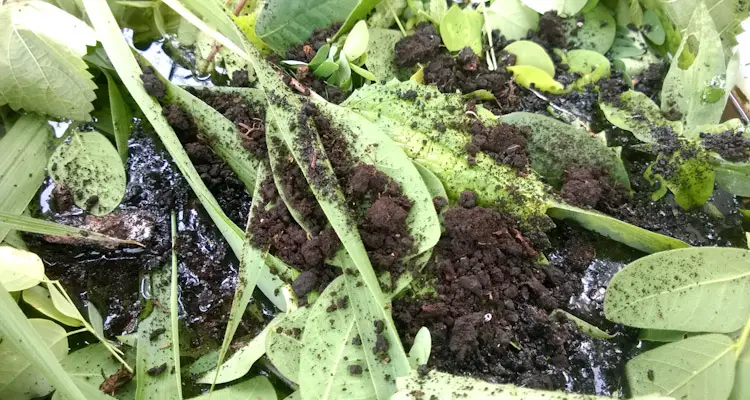
They are easy to make and provide both the plants and soil benefits far beyond the average store-bought fertilizers.
In this article, we’ll cover everything you need to know to make your first batch of JLF; the basic concept, simple recipes, some benefits, and possible dangers.
Before You Get Started
Here is a list of things you’ll need to make your first 3 gallons batch of JADAM Liquid Fertilizer.
Note: Don’t worry if you can’t use it all at once. Unlike JADAM Microorganism Solution, JLF gets better with time!
However, feel free to modify the measurements to suit your needs.
| Items | Details |
| Leaf Mold | 1 cup or a handful |
| Organic Material | Wild Grass and Plants, Garden Crops, etc. |
| Non-Chlorinated Water | Rain Water, River Water, or Tap Water Allowed to settle for 24 hours. |
| Bucket | 3 Gallons Bucket with Lid (approx. 10 liters) |
Additional: You will need a watering can or some form of liquid fertilizer injection system (if you want to get fancy) to apply the solution.
3 Step To Make JADAM Liquid Fertilizer (The Basics)
JADAM Liquid Fertilizer uses microorganisms to “extract” nutrients from the organic material. As a result, you’ll need first to collect these organisms and then provide a suitable environment for them to do their work.
You can produce just about any JLF using the following instructions; varying the organic material to create unique extracts.
1. Collect The Ingredients
To make JLF, you need three main ingredients; leaf mold, organic material, and water.
- You can collect leaf mold in nearby forested areas.
As the name suggests, leaf mold is the dark, soft, fluffy soil-like material usually found under piles of decaying leaves or logs.
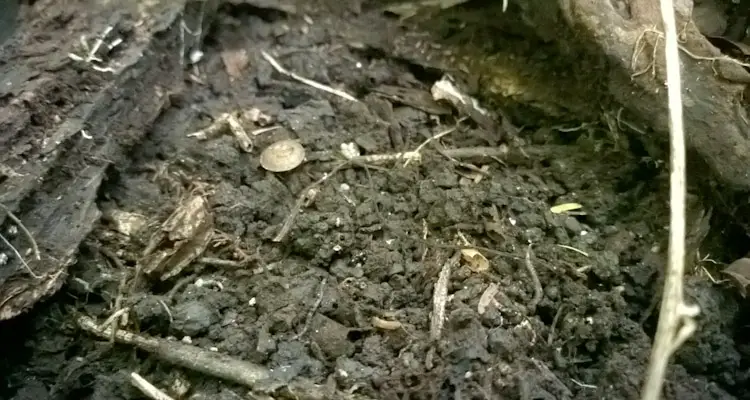
- Collect your organic materials. You can use just about anything, including human waste.
However, I suggest sticking to plant materials; they are easy to work and even easier to find.
Cut various grasses, wild plants, weeds, or even leftover crop materials.
- Collect some non-chlorinated water. Ideally, you can use rainwater or get some from a river.
However, if you only have access to tap water, allow it to rest for 24 hours to allow the chlorine to escape. (Remember, chlorine is in the water for a reason.)
2. Combine All Ingredients
With your ingredients in hand, it’s now time to start the process.
- Place the organic material into the 3 gallons bucket, leaving about 3 inches free from the top. You do not need to cut it up into smaller pieces, but doing so doesn’t hurt either.
- Sprinkle a handful or two of leaf mold onto the organic material.
- Pour the non-chlorinated water into the bucket until it covers the content.
Note: You do not need to stir the mixture; submerge the materials if they float to the top.
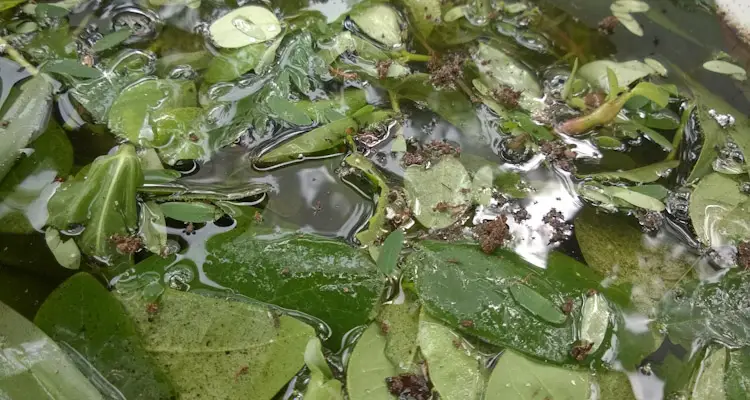
3. Brew The Fertilizer
That’s about it! All you need to do at this point is to place a lid onto the bucket and be patient. It’s all in the hands of the microbes now.
If you use fast-growing wild plants such as purslane, stinging nettles, or comfrey, you can start using the fertilizer in as little as ten days.
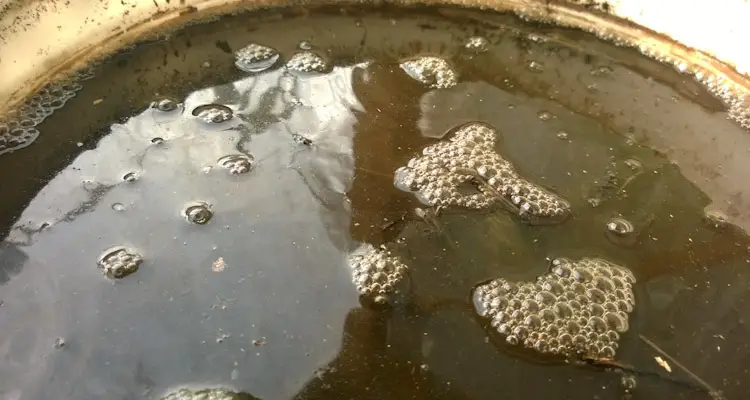
Note: You do not ever have to clean the bucket again. Top it up with organic material, water, and leaf mold when necessary. You now have an endless supply of high-quality, organic, liquid fertilizer.
How To Use JADAM Liquid Fertilizers
As the name suggests, JADAM Liquid Fertilizer’s primary purpose is to provide nutrients to plants at various stages of growth.
Here are three ways in which you can do this.
1. Liquid Fertilizer Application
To use JLF as a fertilizer, you must first dilute it with water, typically in the ratio of 1 part JLF to 100 parts water.
However, you can dilute this even further for use on seedlings.
You can apply it to the soil or as a foliar application by combining it with JADAM Wetting Agent (JWA).
Note: For larger applications of JLF, you may wish to use a venturi fertilizer injector or similar. These devices automatically mix the solution with water through the irrigation system.
2. Organic Pesticide Additive
As mentioned before, to apply JLF to the leaves of plants, you will need to mix it with JWA, which acts as a surfactant.
This mixture adheres to leaves and any insects it falls on, essentially creating a type of organic contact pesticide.
However, once dried, the solution breaks down and serves as a source of nutrients to plants.
Note: You can further enhance this organic pesticide by adding other solutions such as JADAM Sulfur or even JADAM Microorganisms Solution.
3. Compost Ingredient
Due to cultural differences, some people may consider specific JADAM Organic Farming inputs, such as Human Waste Fertilizer, cringeworthy.
As such, most people would be hesitant to use it directly in their gardens.
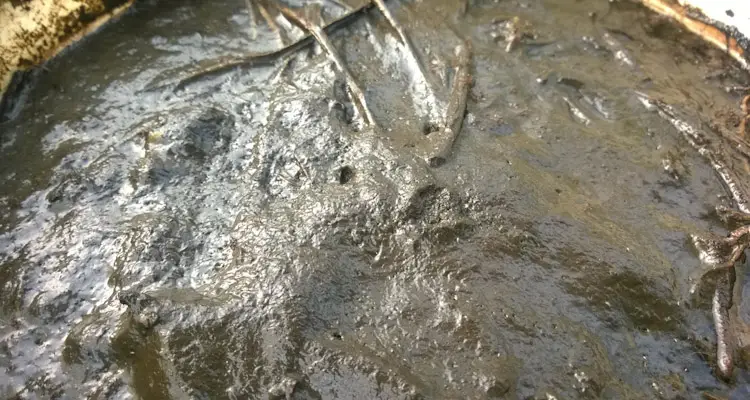
However, most JADAM Liquid Fertilizers are high in nitrogen, making them perfect ingredients for hot composting.
While JADAM doesn’t promote composting, this practice is ideal for waste management of otherwise “questionable” ingredients and recipes.
The resulting compost is undoubtedly safe to use, adding needed organic material and microbes to the soil.
Now that you have an idea of how to make and use JLF let’s take a closer look at some easy recipes you can try today.
Top 3 Beginner-Friendly JADAM Organic Fertilizer Recipes
In his book, JADAM Organic Farming: The Way To Ultra-Low Agriculture, Mr. Youngsang Cho explains how to make many types of JLF; their uses and benefits.
He emphasizes the importance of keeping things simple and using what you have at hand.
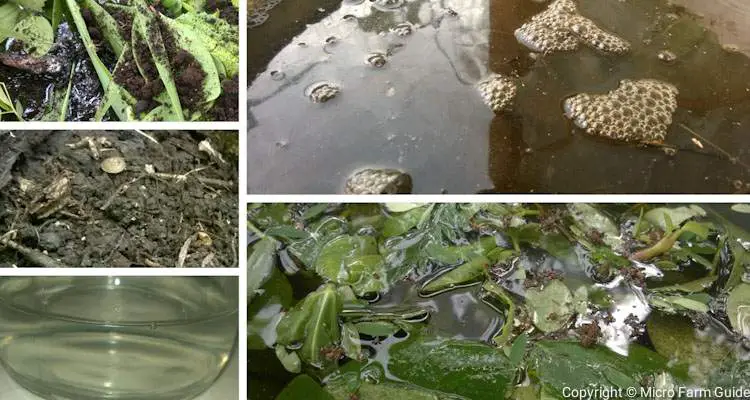
For example, JADAM avoids using brown sugar and molasses, common ingredients used by its predecessor Korean Natural Farming.
Keeping this in mind, here are three simple JLF recipes to get you started.
1. Wild Grass JADAM Organic Fertilizer.
JADAM emphasizes that wild grasses, plants, and even weeds are no different from the crops we are trying to grow.
As a result, the JLF produced from wild grasses contains a balance of nutrients and minerals needed by our plants.
To make Wild Grass JLF, collect an assortment of these wild plants from your area and use them as instructed above.
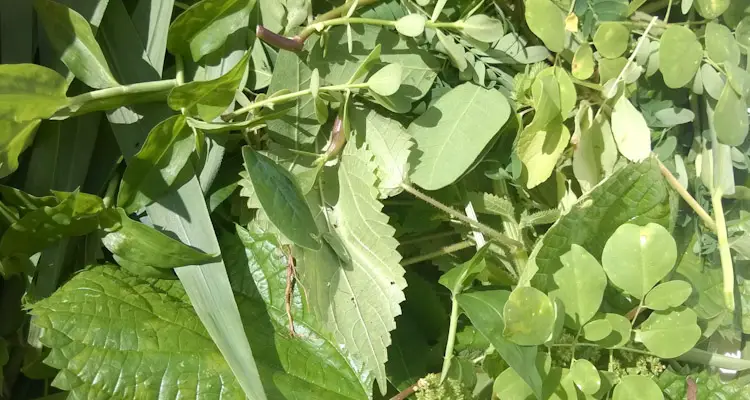
You can have a lot of fun as you start to identify the various wild plants you have in your backyard. (You will never look at “weeds” the same way again.)
Due to the high nitrogen content of these plants, you can start using WG-JLF in as little as ten days.
2. Crop Specific JADAM Liquid Fertilizer
If you intend to grow large quantities of a particular crop, you may wish to have a fertilizer tailored to that crop.
According to JADAM, the best way to achieve this is to use the crop itself.
For example, suppose you want to produce fertilizer for corn. In that case, use remains from your last corn harvest, including leaves, stems, and most importantly, the fruit.
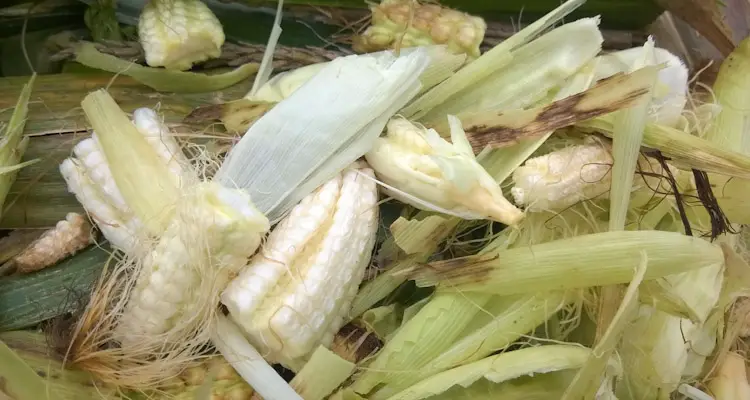
The end product contains nutrients, minerals, and even some microbes needed by that plant in the perfect proportions.
This JLF can take up to 3 months to prepare but is well worth waiting.
3. Food Waste JADAM Liquid Fertilizer
Instead of composting, JADAM proposes turning food waste into liquid fertilizer.
You can use just about any food; raw or cooked, scraps or leftovers, fruits, vegetables, grain, even meat!
In essence, Food Waste JLF is a means to waste management while limiting the possibility of attracting unwanted pests.
However, the process can produce foul odors based on the scraps used. So be careful when choosing a location.
This process can take 6 to 12 months to complete, resulting in high nitrogen fertilizer.
Possible Drawback Of Using JADAM Liquid Fertilizers
Without a doubt, JLF is a safe alternative to harmful, chemical-based agricultural practices.
However, as stated by Mr. Youngsang Cho himself, too much of a good thing can be just as bad.
Inappropriate or overuse of JLF can disrupt sustainable microbes activity in the soil, resulting in dependence on JLF for much longer than necessary.
Ideally, it would be best to create a favorable environment for these organisms to thrive.
Please give them the start, then allow them to do their job. Both your soil and plants will thank you in time.
Final Thoughts
JADAM Liquid Fertilizers are helpful alternatives to potentially toxic chemical inputs without the harmful effects.
They are easy to make, beneficial to plants, and safe for the environment.
However, these are still inputs, and you should use them in moderation.
On our farm, we use JLF as we transition from an input-based organic system to a more process-driven one.
During this time, we gradually build our soil food web through a combination of mulching, JADAM Microorganism Solution, and other regenerative farming techniques.
Our ultimate aim is to develop our soil to where little or no external inputs will be necessary.
Related Questions
What Are Fertilizer Injectors?
Fertilizer Injectors are simple devices that use pressure differences of the flowing water to siphon and mix the liquid fertilizer in a predetermined ratio. The venturi-type devices are the most affordable and popular among small farmers and gardeners alike.
References
JADAM. JADAM Organic Farming. Jadam.kr. Accessed December 2021
Cho, Youngsang. JADAM Organic Farming: The Way To Ultra-Low Agriculture. Translated By Rei Yoon. JADAM. 2016

